Beyond simply comparing tariffs, another key indicator must be considered when assessing the impact of Hungary’s utility cost reduction policies. A clear outcome of these government measures, which aim to alleviate everyday financial burdens for citizens, is that for many years, Hungary has had the lowest household gas and electricity prices among EU capitals. However, what also matters is how much of a household’s income is spent on paying these bills. Each month, the Hungarian Energy and Public Utility Regulatory Authority (MEKH) publishes a comparison showing the proportion of net household income spent on electricity and gas. This metric assesses consumers' financial burden.
Methodology of the Study
The model household examined by the authority consists of two adults earning the national average net income, with no children or other dependents. This household consumes an average amount of electricity (2,200 kWh per year) and natural gas (1,162 cubic meters per year), as above-average consumption is uncommon for two-person households.
Based on February’s data, only Luxembourg ranked ahead of Budapest, with a 1.7% utility cost-to-income ratio. Budapest closely followed with 1.9%. Brussels ranked third at 2.7%. These numbers are already telling, but narrowing the comparison to regional capitals with similar economic development levels provides even more insight.
Hungary’s Utility Cost Reduction Dominates Regionally
Within this regional ranking—just as with gas and electricity tariffs—Budapest holds the most favorable position. In Vienna, the model household spends 2.8% of its income on utilities, while in Zagreb, it is 3.6%. Ljubljana, Warsaw, Bratislava, and Bucharest all exceed 4%, while Prague’s ratio is 5.6%, and Sofia’s reaches 6.6%.
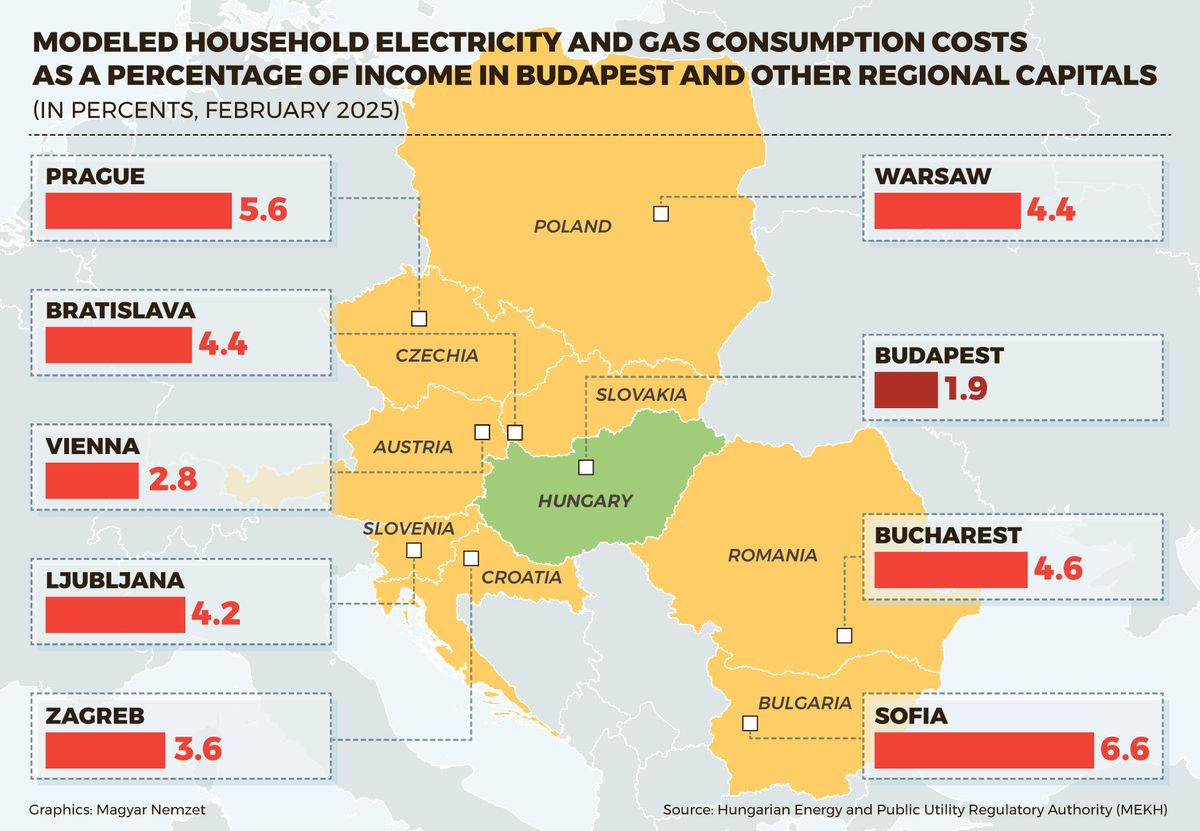
Vienna ranks as the fifth most expensive city for electricity and fourth for natural gas. Meanwhile, Luxembourg ranks tenth and twelfth in these respective categories, making energy costs there slightly above the middle range. This suggests that government policies aimed at easing household utility expenses are especially relevant in our region, as in wealthier capital cities even higher energy prices pose less of a financial burden for residents.
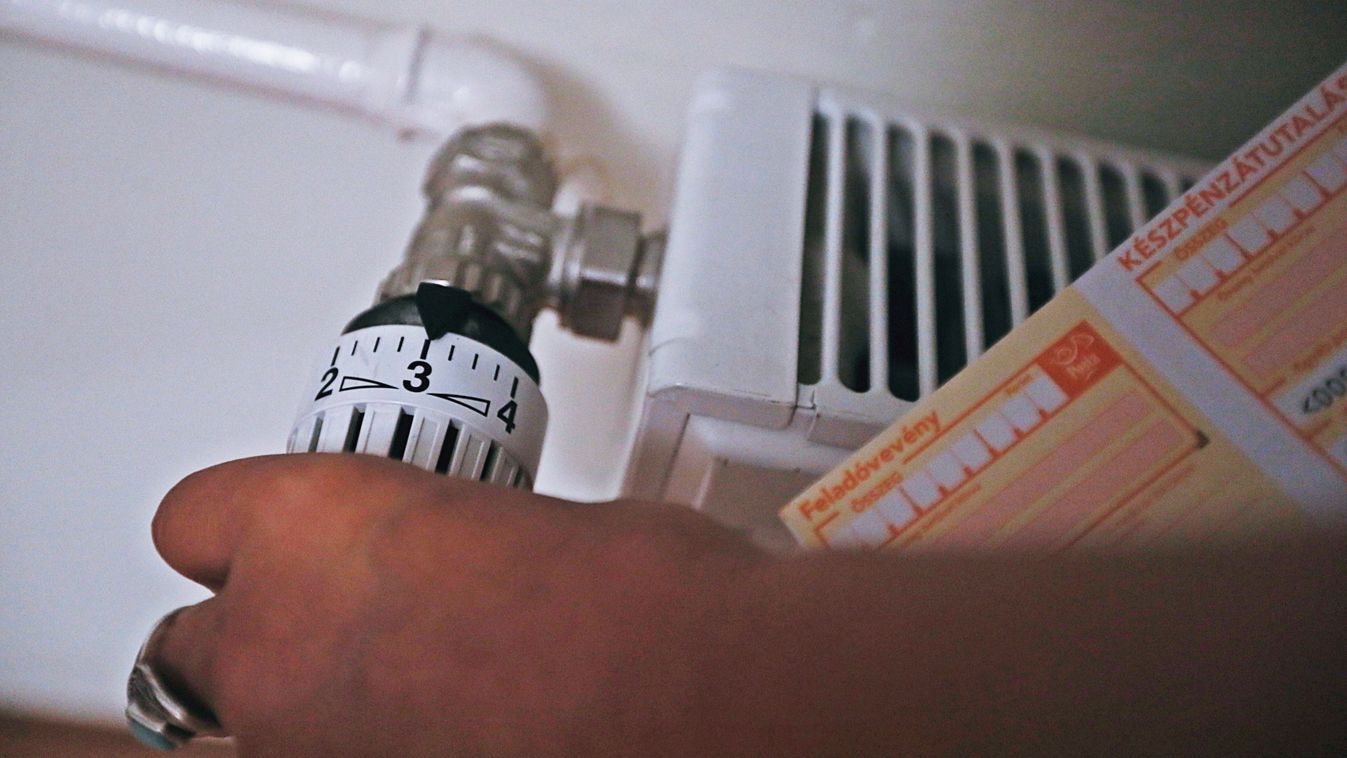
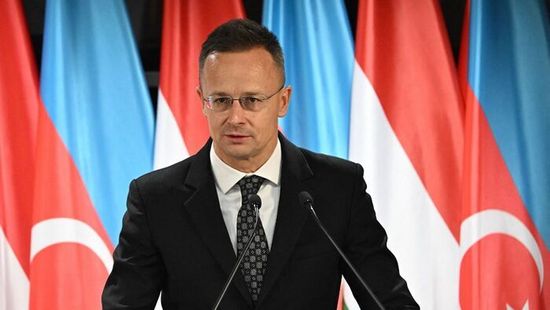










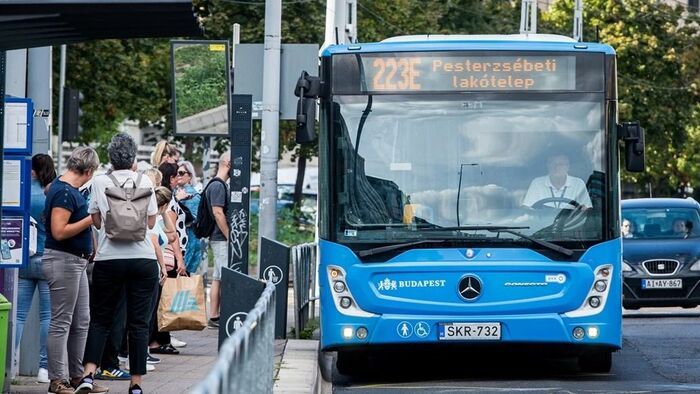

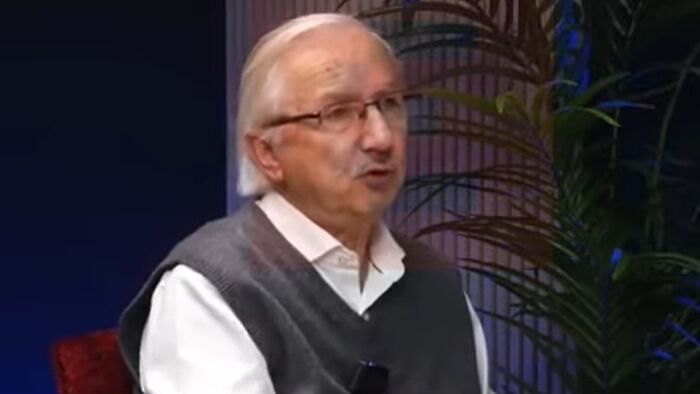







Szóljon hozzá!
Jelenleg csak a hozzászólások egy kis részét látja. Hozzászóláshoz és a további kommentek megtekintéséhez lépjen be, vagy regisztráljon!